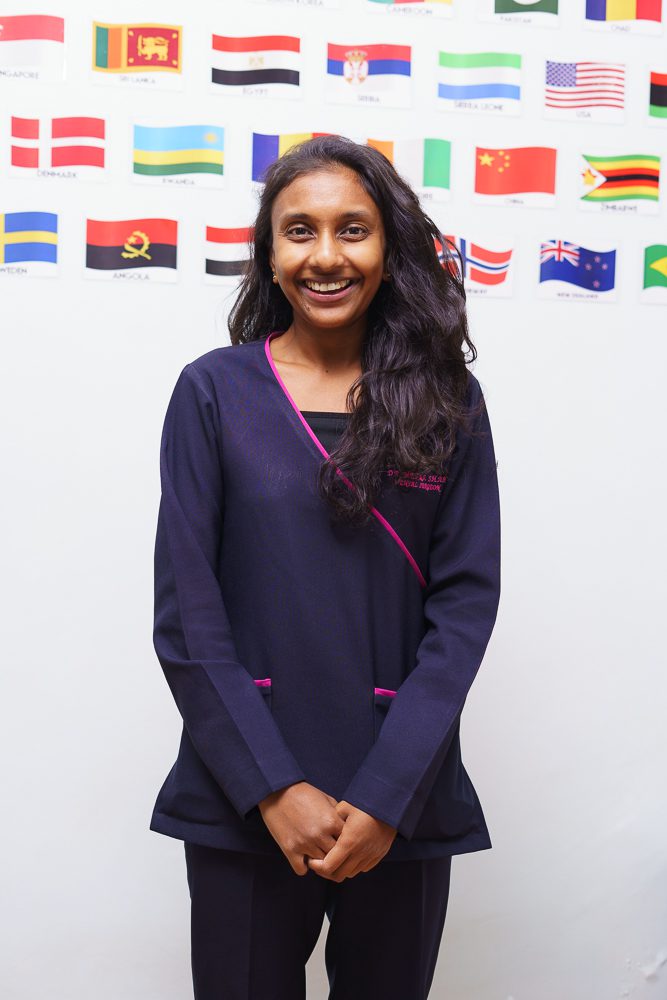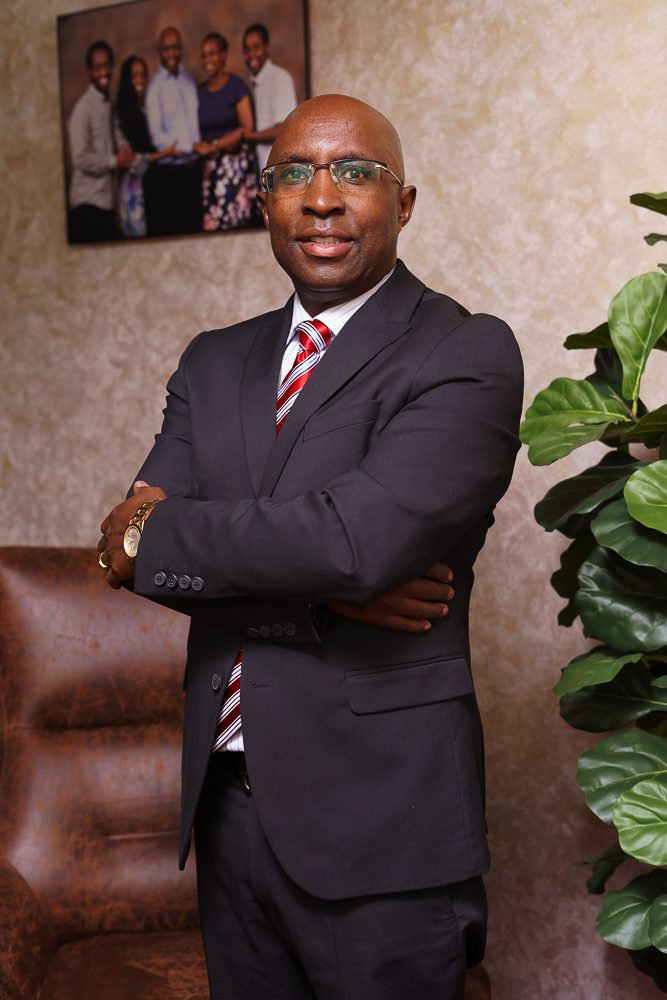These images allow the dentist to assess specific areas and confirm diagnosis after hearing the patient’s complaints. They can also be used as a follow-up procedure performed after treatment to ensure that the treatments have worked and have produced intended results.
Most dentists use two types of dental x-rays: intraoral and extraoral.
Intraoral x-rays, the most common type, produce images of the tooth structure (as well as the jawbone where they are attached to).
Extraoral x-rays are meant for observing the structures of the skull and jaw though the patient’s teeth are also visible in the film.
Are dental X-rays safe?
Generally, there is a lot of misconception around radiography. The radiation produced during an X-ray is very small, comparable to the amount you would experience during a sunny day. The exposure from four bitewings is comparable to a two-hour airplane ride.
The biggest contraindication to X-rays is pregnancy. Still, accommodation can be arranged if necessary. For example, if a woman becomes pregnant during long-term treatment, she and the baby will be protected by a heavy-duty leaded apron and a thyroid collar.
Bitewing X-Rays
These enable us to identify any dental caries or tooth decay, that may be festering in the gaps between your teeth. Bitewing X-rays will be taken on an annual basis unless otherwise recommended
Periapical X-Rays (PAS)
Periapical X-rays are invaluable to dental professionals because they allow us to see a single tooth in its entirety from root to crown. It’s appropriate to use when pain, damage, or trauma is confined to a single tooth and a closer look is needed from top to bottom.
Occlusally X-Rays
Occlusal X-rays are focused on the growth and health of your bones. These photos are able to detect issues like extra or uneven teeth, abscesses, and even cleft palates. For our more specialized cases, occlusal X-rays are an invaluable resource.
Panoramic X-Rays
Panoramic X-rays are only taken every 3-5 years unless otherwise recommended by your dentist. These are especially vital before surgery because they allow us to get a full picture of your mouth before we design your custom treatment plan.
Tender Care Dental
Tender Care Dental
Tender Care Dental
Tender Care Dental
Tender Care Dental
Tender Care Dental
Meet Our Doctors
Dr Gitonga Ndirangu graduated with a Bachelor of Dental Surgery (BDS) from the University of Nairobi in 2013. He is currently pursuing his Postgraduate Degree in Periodontology & Implant Dentistry.
Dr. Meera Shah graduated with a Bachelor of Dental Surgery (BDS) from Moi University in 2014. She specializes in routine dentistry, endodontics, cosmetic, and restorative dentistry.
Dr. Frankline Kidula graduated with a Bachelor of Dental Surgery (BDS) from the University of Nairobi in 2012. He is currently pursuing his Postgraduate Degree in orthodontics.
Dr. Johnson Mwangi graduated with a Bachelor of Dental Surgery ( BDS) from the University of Nairobi in 1991. An MBA (Stratgic Management) in 2006 and a post graduate diploma in Oral Implantology from the University of Pretoria and New York University.
Emergency Cases
Please feel welcome to contact our friendly reception staff with any general or medical enquiry call us.







